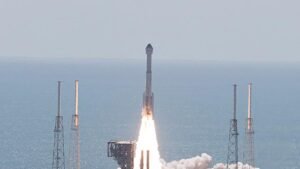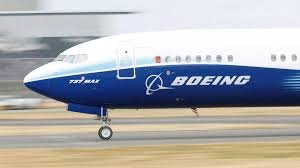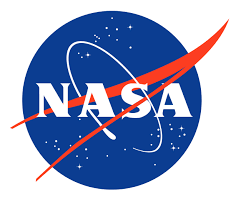On June 5, Boeing successfully launched astronauts for the first time, joining SpaceX as a second taxi service for NASA. NASA test pilots, Butch Wilmore and Suni Williams, took off aboard Boeing’s Starliner capsule, marking the inaugural manned flight of the new spacecraft to the International Space Station (ISS).
Starliner’s Journey
 The journey, expected to take 25 hours, aimed for an arrival at the ISS on Thursday. The astronauts plan to spend just over a week at the space station before returning to Earth for a landing in the western U.S. desert on June 14. Moments before liftoff, Wilmore enthusiastically declared, “Let’s get going!” Half an hour later, both astronauts were safely in orbit, en route to the ISS. At Cape Canaveral, relieved launch controllers celebrated the successful launch, which followed two previously scrapped countdowns.
The journey, expected to take 25 hours, aimed for an arrival at the ISS on Thursday. The astronauts plan to spend just over a week at the space station before returning to Earth for a landing in the western U.S. desert on June 14. Moments before liftoff, Wilmore enthusiastically declared, “Let’s get going!” Half an hour later, both astronauts were safely in orbit, en route to the ISS. At Cape Canaveral, relieved launch controllers celebrated the successful launch, which followed two previously scrapped countdowns.
Boeing program manager Mark Nappi noted, “Today it all lined up.” Starliner’s crewed debut was delayed due to spacecraft flaws, coinciding with Boeing’s unrelated airplane safety issues. Wilmore and Williams, both retired Navy captains and former ISS residents, had expressed strong confidence in Boeing’s capabilities ahead of the launch. Starliner’s initial uncrewed test flight in 2019, hampered by software issues, required a redo before NASA approved a crewed mission. The 2022 retest went smoothly, but subsequent parachute problems and flammable tape issues necessitated further fixes.
The third crewed launch attempt, delayed by rocket-related issues and a minor helium leak in the propulsion system, ultimately succeeded. NASA’s commercial crew program manager, Steve Stich, praised the team’s efforts, acknowledging the challenges of reaching this milestone.
 Boeing and SpaceX were contracted a decade ago to transport NASA astronauts following the space shuttle program’s retirement. NASA invested $4.2 billion in Boeing and slightly more than half that amount in SpaceX, which modified its cargo capsule for manned missions. SpaceX achieved a landmark in 2020 by becoming the first private company to launch astronauts, taking nine NASA crews and three private groups to the ISS since then.
Boeing and SpaceX were contracted a decade ago to transport NASA astronauts following the space shuttle program’s retirement. NASA invested $4.2 billion in Boeing and slightly more than half that amount in SpaceX, which modified its cargo capsule for manned missions. SpaceX achieved a landmark in 2020 by becoming the first private company to launch astronauts, taking nine NASA crews and three private groups to the ISS since then.
The launch from Cape Canaveral Space Force Station marked the 100th mission for United Launch Alliance’s Atlas V rocket, and the first manned Atlas launch since John Glenn’s Mercury flight over 60 years ago. Despite the Atlas V’s flawless record, the human crew heightened the stakes for NASA and Boeing employees monitoring the launch.
Boeing’s Starliner and SpaceX’s Dragon capsules are designed to be fully autonomous and reusable. During their mission, Wilmore and Williams will periodically take manual control of Starliner to test its systems. An early minor issue with the capsule’s cooling system was managed by refilling the water tank for the return journey.
If this mission proves successful, NASA plans to alternate between SpaceX and Boeing for astronaut taxi flights starting next year. Mike Fincke, the backup pilot for this mission, is slated for Starliner’s next trip.
Reflecting on the launch, Fincke remarked, “This is exciting. We built up to this moment for years and years, and it finally happened. I feel like the whole planet was cheering for them.”










